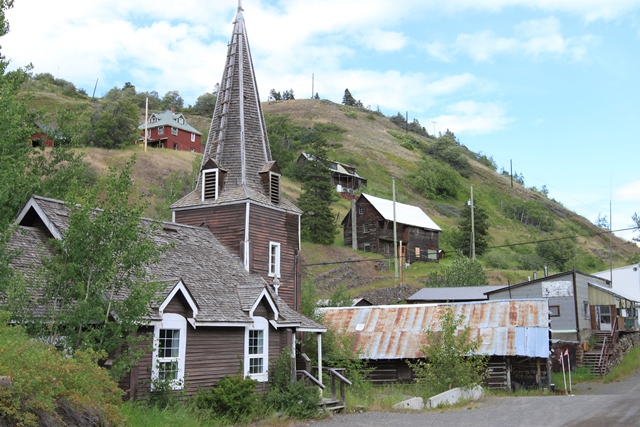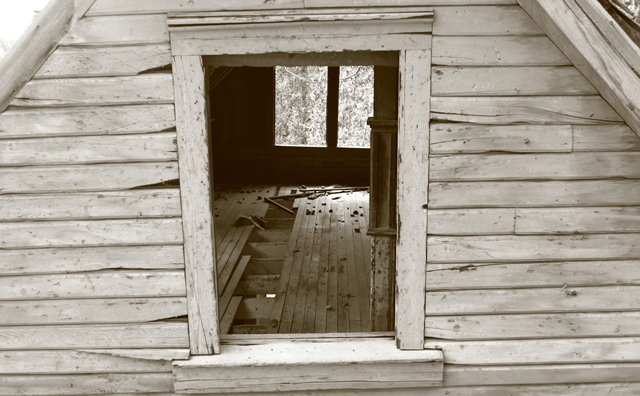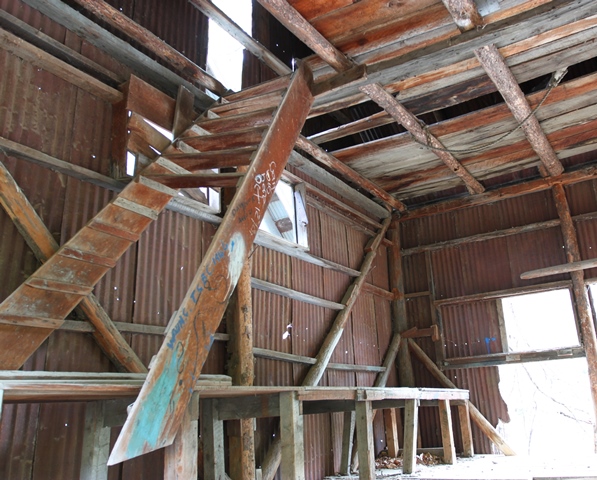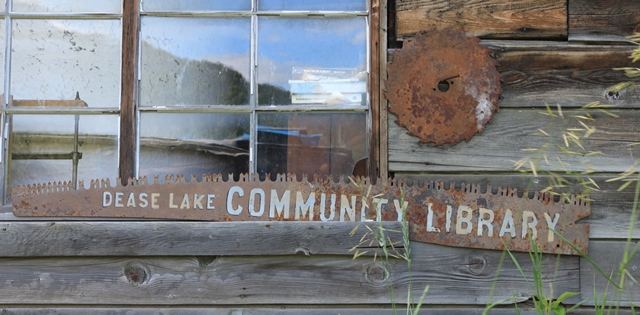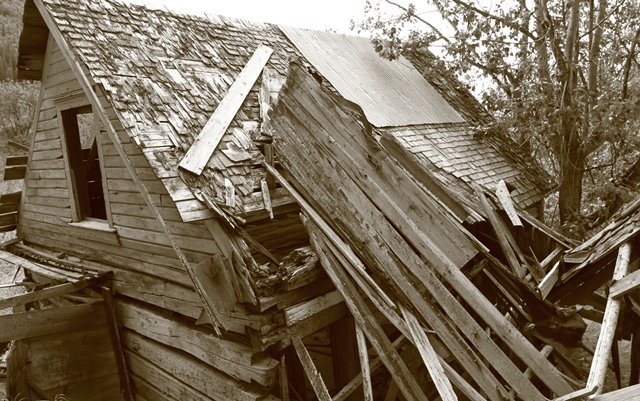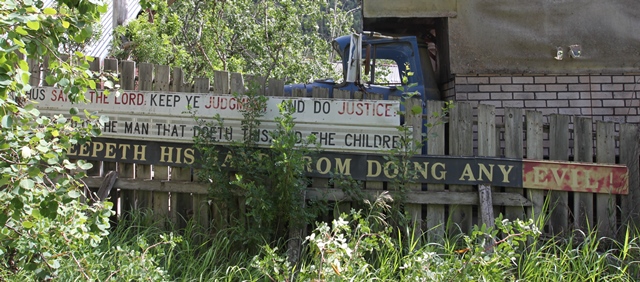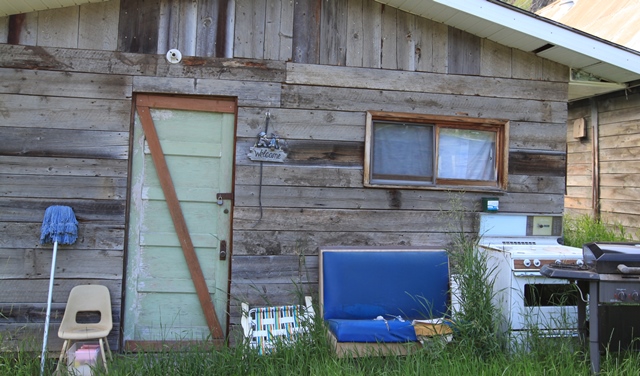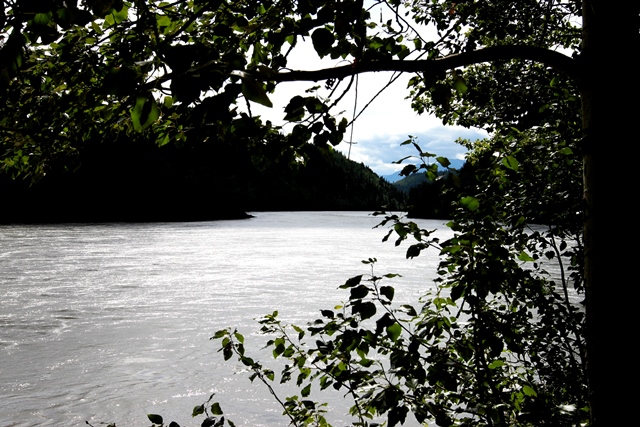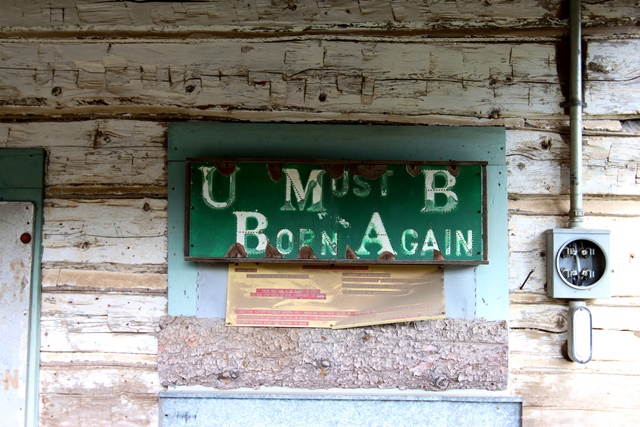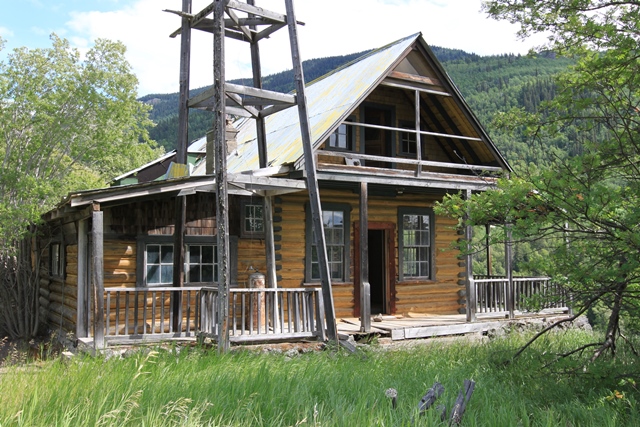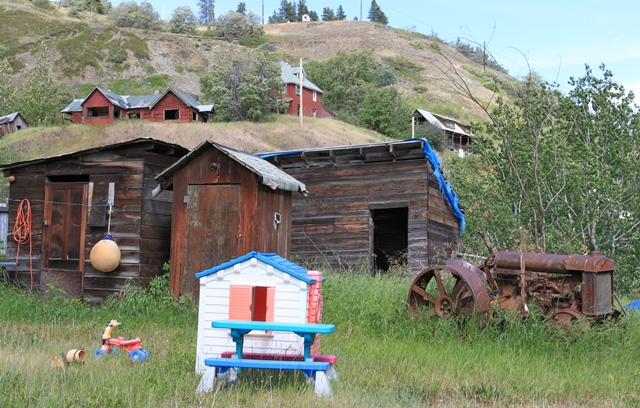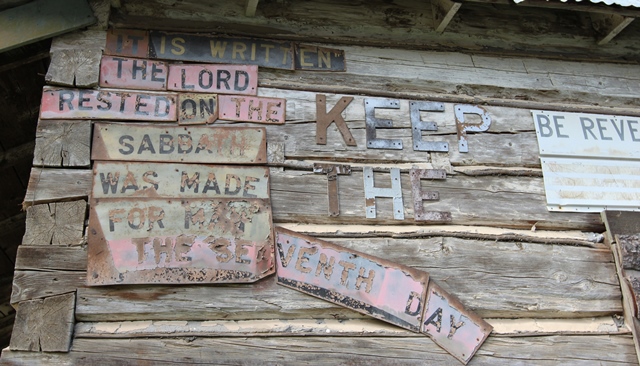TELEGRAPH CREEK
Why are we drawn along some roads and not others, especially this one, a 112 kilometre dirt track petering out at an abandoned town, beside a fast, broad river running out of the Stikine Ranges?
The writer Edward Hoagland came to Telegraph Creek in 1966, more or less 100 years after gold was first discovered on the Stikine River. In short time, news of the find swelled the population, sending all kinds of normally sane people a shade crazy. It was a precursor to the bigger fever that was yet to strike further north in the Yukon. By the time Hoagland arrived the characters of Telegraph Creek – the prospectors and trappers, the hunters and wanderers, the homesteaders and fishermen – they were all mostly the memories of a few old men. All that remained on these terraced hills were one hundred and fifty ageing souls.
The McPhees, formerly railwaymen from the east, arrived at Telegraph Creek in the 1930s. Alex McPhee had variously been the town’s gravedigger, electrician, carpenter and explosives man, keeping the river clear of debris, so the stern-wheeler could make it all the way up from Wrangell, Alaska, a three day journey during the ice-free months. During the non-navigable months the mail arrived by dog sled, until the bush plane era of the thirties improved things somewhat. In his spare time McPhee trapped beaver and marten, mink and otter and he told Hoagland he’d wanted to marry an Indian girl once, except she’d banged her head on the gunwhale of the boat and drowned in the river.
The salmon running in the months through July to September in the Stikine and Tahltan rivers had always been a big deal; McPhee said they used to catch salmon so big they needed a hatchet to cut their throats. Doubtless the men and women who forged an existence in this town were as uncompromising as the hills and mountains hemming them in. Hoagland got wind of an old trapper by the name of Fowler who’d toughed out the whole of the winter with a burst prostate gland. He writes of how, on another occasion … “Fowler spent a year alone on the Taku watershed, where he thought he was on to some gold. When he returned he was batty and babbling and handing out gifts on the trail, his shirt and snowshoes and samplings of ore and fisher skins”.
For millennia the Tahltans have lived on the lands surrounding Telegraph Creek, setting their traps on the river when the salmon begin their run each summer to the spawning grounds further up stream. For them it had been a comparatively quiet place, until the arrival of the white man and all his wild ideas. In the 1860s, the Western Union Telegraph Company attempted a telegraphic link between New York and London, running the cable via British Colombia, Alaska and Siberia. It was to be named the Collins Overland Telegraph. The section coming north from Hazelton crossed the Stikine River at a creek, later named Telegraph Creek. And thus the settlement got its name. This remote place might have featured in one of the world’s key lines of communication except, in the race to communicate with Europe, the Western Union were eventually beaten by another company, who successfully ran a cable beneath the Atlantic, and so the Collins Overland Telegraph route was abandoned.
In the 1898 Klondike gold rush, Telegraph Creek was one of many transit points for gold seekers heading to the Yukon. As a result of all this frenzied activity the government deemed it worthwhile to construct the Yukon Telegraph line in 1901, continuing it north from Telegraph Creek, through Atlin and up to Dawson City. The swathe hacked through the forests of British Columbia ended up as something of a thoroughfare for some, becoming known as the Telegraph Trail. Prior to the First World War, Norman Foster was said to be an ‘expert’ on the Telegraph trail: when the creeks froze up Foster ran the mail along it using a sled and his dog team, for which he was paid $100 a month. The telegraph linemen in the relay cabins along the route fed him and stored food for his dogs, to help ease the toil of his nine day journey. In turn, Foster kept them supplied with rum on the basis that “… the isolation did nothing to them that the rum couldn’t straighten out”.
One of the linemen had been a composer and Foster hauled out an organ to help soothe his nerves. The trail also attracted another kind of person, Hoagland writes in his book, folks he describes as … “the desperate and destitute, the specialist, the stunt man” … and those same telegraph linemen did what they could for all the people who came wandering to their door. The most famous was probably Lilian, a Russian lady on her way home from New York. Going north from Hazelton she found the trail getting more arduous, though she was well cared for: “the linemen in the cabins fed her and patched her clothes and bound her feet in moosehide when her shoes gave out”. They gave her a puppy for company, which shortly died and so Lilian stuffed it, continuing her trek with it tucked under her arm. She saw out the winter in Atlin, cooking for miners and washing clothes in the freezing river. Later, she made it all the way to Point Barrow on the Bering Straight, a place where she hoped to persuade the Eskimos to paddle her across to Russia. Instead, they fixed her a raft and pushed her off. “After that nobody knows her fate. It’s hard to think of her surviving so much and not making it home. But she hadn’t been talkative and she didn’t write”.
Today, Telegraph Creek is all but deserted. It seems those who were left behind, for whatever reason, moved up the hill to the settlement of Dry Town. Some of the dwellings appear to have been abandoned at a moments notice, relics from various eras littering the backyard. It’s still possible to overnight at The Stikine River Song, formerly a Hudson’s Bay Company store, and so we go there for a cup of tea and to gaze for a moment at the solid-looking cakes in a glass display. We pass on the cakes and when the young waitress delivers the pot of tea and cups to our table we ask her if it might be possible to fix a river charter as advertised on their sign above the door.
‘They’re hoping to get it going again soon,’ she says, in reply.
After the cup of tea we go and sit on a bench outside, deciding where we should camp for the night. Enjoying this warm, sunny evening it is soon apparent how the new gold in Telegraph Creek is its tranquility and the silence following the sigh of the wind in the tall grasses covering the hill and in the trees lining the Stikine River. And it surely is a beautiful silence.
(Extracts from Edward Hoagland’s Notes From The Century Before)





